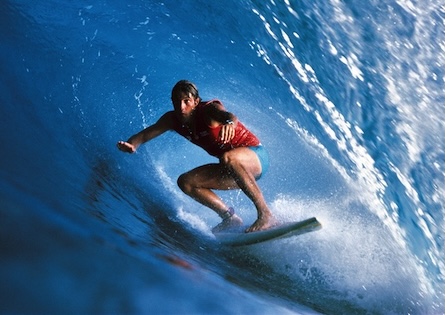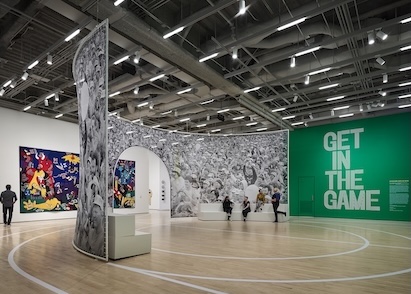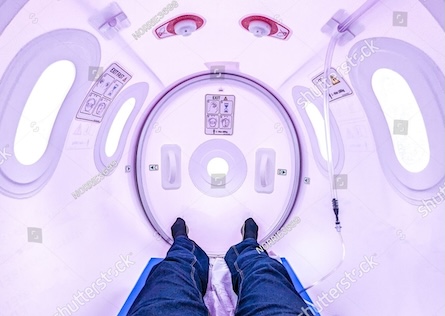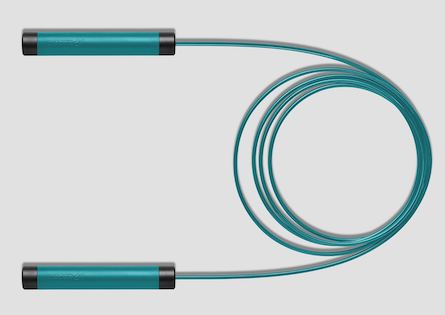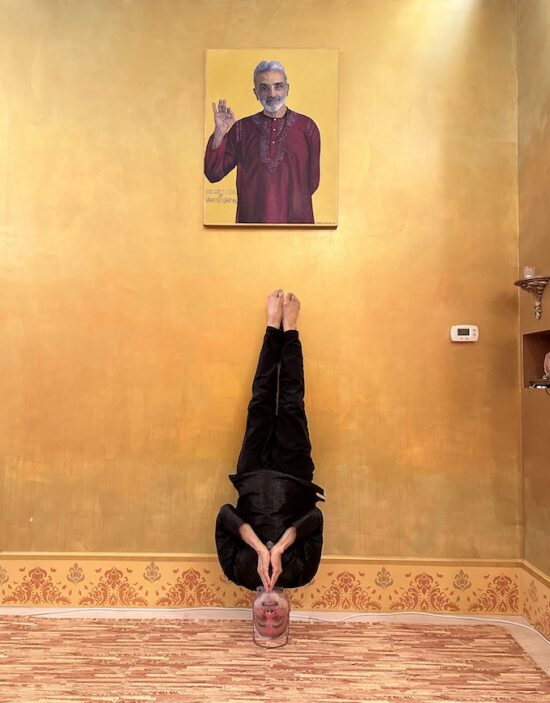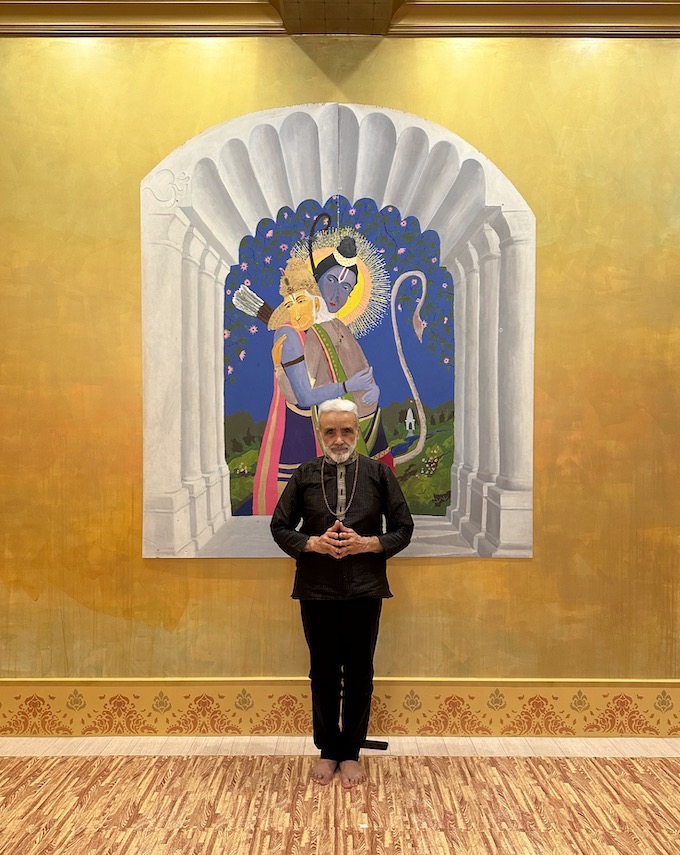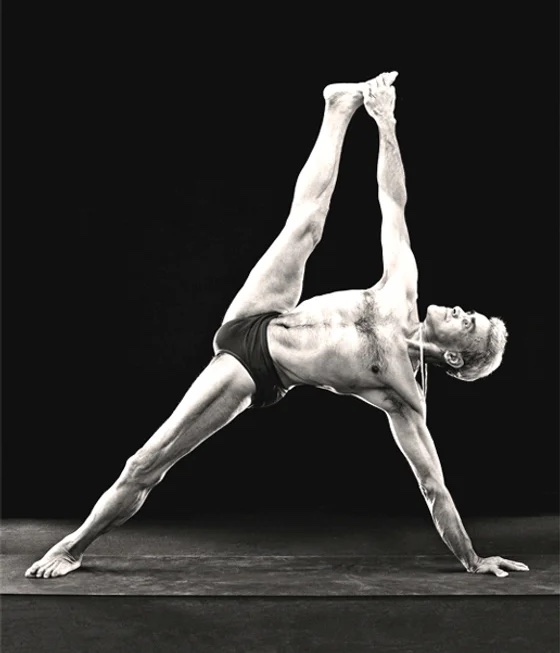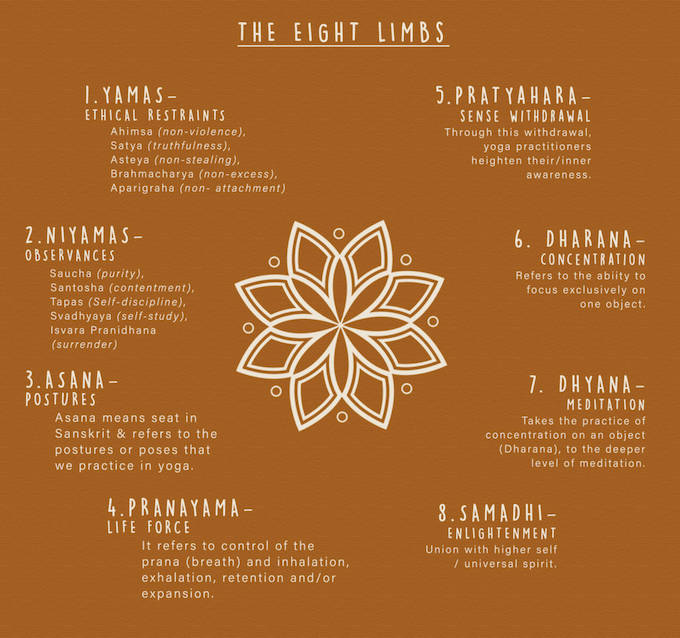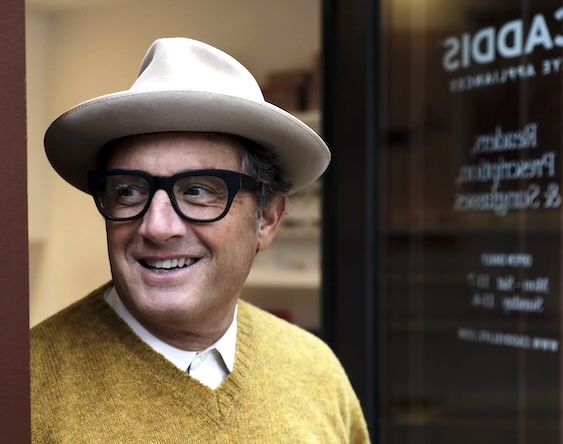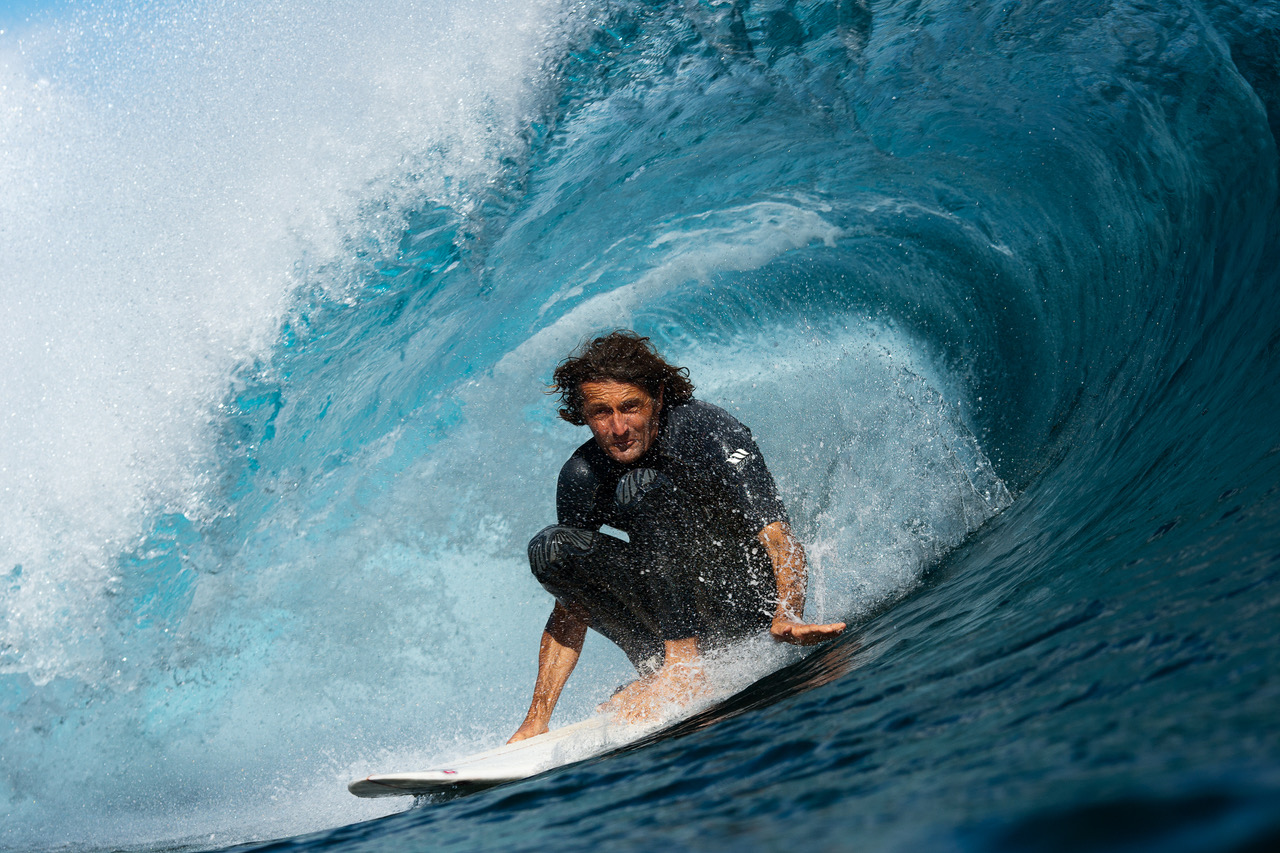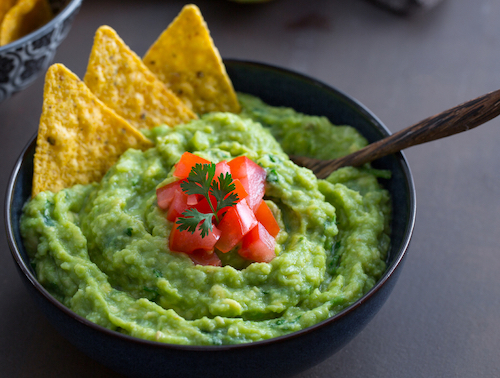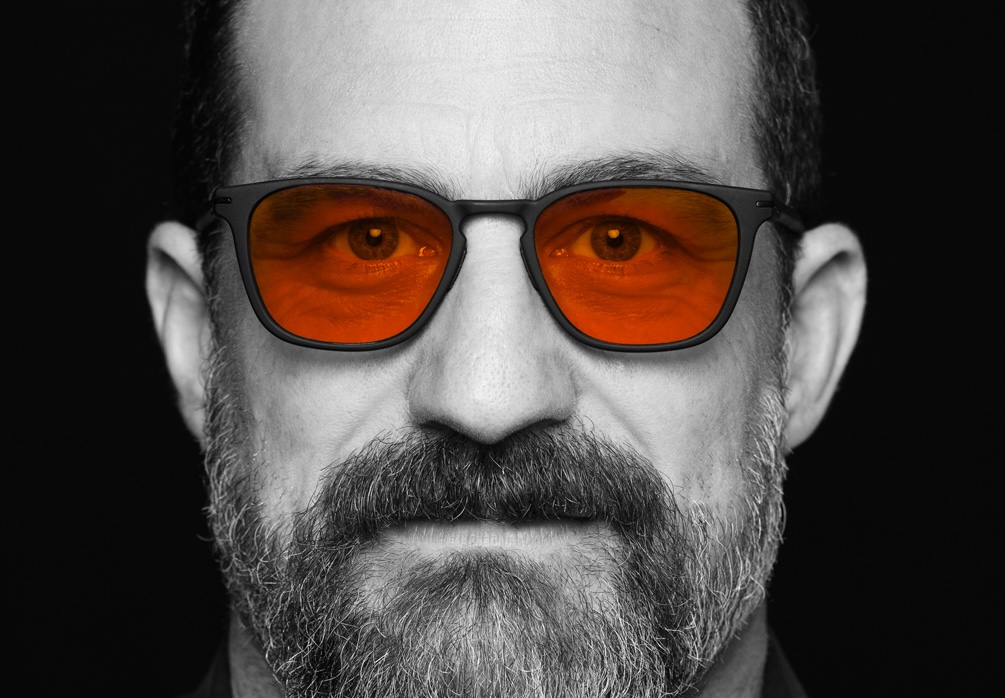SRI DHARMA MITTRA
Sri Dharma Mittra is 84 years young. He has been teaching yoga for over a half-century at his school in New York and around the world, sharing the pathway to radiant health and spiritual enlightenment from the wisdom accumulated from years of practice. He opened his first yoga studio in 1975, long before yoga was as ubiquitous as it is today.
Dharma Yoga is described as a modern interpretation of classical Eight-limbed Yoga. According to Yoga Sutras of Patañjali, the ancient doctrine of yoga philosophy, there is an eight step progression to an infinite state of bliss. The word Ashtanga, as in yoga, is derived from “ashta”, which means “eight”, and “anga” which means “limb”. Each limb prepares you for the next, and the “asanas” or physical poses are just one of the 8 limbs. In addition, the word Asana literally means seat, and refers to poses like Lotus you would take for the practice of meditation — very different from the “power yoga” workout we now associate with Ashtanga.
For those like myself, who thought yoga was only practiced on a mat, the outline below provides the basic foundation for my conversation with yoga master Sri Dharma Mittra. The Eight Limbs of Yoga are as follows:
1. YAMA – virtues or universal moralities
2. NIYAMA –self-discipline and spiritual observances
3. ASANA – poses or postures
4. PRANAYAMA – breathing techniques
5. PRATYAHARA – withdrawal of senses
6. DHARANA – focused concentration
7. DHYANA – meditation or contemplation
8. SAMADHI – bliss or enlightenment
Sri Dharma was born in 1939 in the small, remote village of Pirapora, Brazil. In his early teens, he became interested in the esoteric teachings of yoga, influenced by his younger brother and books he was studying. Pursuing a more physical lifestyle himself, Sri Dharma was a champion bodybuilder and served in the Brazilian National Air Force. In 1962, however, he left that all behind. Closing his bodybuilding studio, Sri Dharma moved to New York City with his brother where they had been invited to meet and study with Sri Swami Kailashananda, also known as Yogi Gupta.
Sri Dharma immersed himself in the intense study and practice of the classical Eight Limbs of Yoga, and dedicated ten years of his life to Yogi Gupta. He taught classes in Asana and Pranayama at the Yogi Gupta New York Center. With Yogi Gupta’s blessings, he left to open his own studio in 1975, the Yoga Asana Center, now known as Dharma Yoga Center.
I took my first class with Sri Dharma in January. It was a Yoga Nigra class, which is a yoga meditation practice. The class was packed at 11am on a Saturday morning, a prime time weekend workout slot, not when you’d think New Yorkers would be meditating instead. And Dharma Yoga is no small studio. It is a majestic space the size of a ballroom, located in the historical Masonic Hall on west 24th St. With gold covered walls decorated with Indian style paintings, and soaring ceilings hung with Venetian style chandeliers and giant rattan ceiling fans, it is like a yoga palace.
I quickly realized this was not an ordinary yoga class or an ordinary yoga teacher, but one who embodied a special wisdom and presence. Sri Dharma speaks with a slow lilting tone, still infused with a Brazilian accent, extremely soothing and meditative in itself. But he’s also got a great giggle and enjoys getting a laugh out of the class.
I was honored when he granted me the opportunity to interview him a few weeks ago….
STYLE OF SPORT: Dharma Yoga is described as a modern interpretation of classical Eight-limbed Yoga. Can you tell us a bit more about what this style of yoga is and what makes it modern?
SRI DHARMA MITTRA: Ashtanga yoga, the Eight Limbs of Yoga, the 8 steps, are not a religion but if you follow them properly, you gain some knowledge about the laws of nature. Everything follows the natural laws, so no matter how bad it seems, it is perfect. There is a reason everything is happening as it is.
SOS: Can you tell us what the Eight Limbs are and how the progression flows from one to the next?
SDM: The first step is ethical conduct. Every religion has it. It is universal. That’s the foundation of yoga. Yama is compassion and respect for all beings. With that you have the power to go to the others. Niyama, the next limb, is where you begin to understand about purification. You begin to understand why you have to become a vegetarian. Compassion. From there you automatically and mysteriously start getting more self-control. With the purification of the body, you start feeling amazing. You automatically have more enthusiasm. Then when you practice Pranayama, the breathing, you gain mental powers. You gain physical power. In a very short time you get radiant health.
“You’re able to concentrate on one object and the meditator disappears. The action disappears. You enjoy the absence of activity. Your meditation is so deep you are almost becoming the object of your meditation. You are almost there. Everything is almost. Enjoy that bliss.”
When you feel good physically and mentally, and understand everything is perfect, you lose all fears. You have the ability to sense what is important. You learn contentment. Then you can better learn from the teacher about concentration, meditation, and the other steps. Without contentment you cannot concentrate. You cannot cope with life. Contentment comes with the laws of karma. Surrender to the cause. Respect the cause. All this comes from compassion.
SOS: Which leads to the 8th limb, the ultimate state of enlightenment and bliss.
SDM: In the last limb of yoga, when you have all this knowledge, a little bit of bliss will start coming. You’re able to concentrate on one object and the meditator disappears. The action disappears. You enjoy the absence of activity. Your meditation is so deep you are almost becoming the object of your meditation. You are almost there. Everything is almost. Enjoy that bliss. You are resting in the infinite. Of course you cannot stay there. We have to be here. We have things to do. But when you are busy here, coping with the world, you always have that to go back to. We are infinite. Whatever came from the infinite is infinite.
SOS: There is such a vast difference between what you are describing and many people’s understanding of yoga, myself included. The asanas or poses we think are yoga, are just one of the 8 limbs.
SDM: There are at least two of them you should do: Savasana, the corpse pose, and Lotus pose. Or sit in a chair in Egyptian pose to practice your concentration, to spend some time in solitude, to do your breathing or reflect upon your scriptures. A few more poses that everyone can do are a shoulder stand, a Cobra pose, and a pose that twists. Then if you can, do an inverted pose like standing on your head. But these are not that important. If you can’t go too much into the poses, you have to do something else. Swim, run, martial arts, Tai Chi. You have to keep moving.
COURTESY OF DHARMA YOGA CENTER
SOS: When you first started teaching yoga over 50 years ago, it did not have the mass popularity it does today. It was a much smaller and more countercultural group that practiced. What have you noticed about your students that has changed since then?
SDM: At those times we didn’t have the distractions we do today — cell phones, YouTube, technology. Everything is so easy. People were more serious. They were more respectful to the teacher. I had my techniques to attract people. I showed these nice poses and told them in a short time you can have a new body. You can have health. The class was $1.50. The first day I opened, only one person came. In two weeks, I had a full house. Everybody liked the poses. Then I started talking to them about the diet, making gradual small changes. First you remove meat. After another two months remove eggs. After two months remove cheese. People started feeling very healthy. I desired to see them happy. The students were really dedicated to the practice.
SOS: Have your classes or teaching style changed since then?
SDM: The teaching has changed a little bit. Everything needs updates. Of course not the foundation, but the practice, the technique. We have to adjust for the lifestyle of today. Yoga teachers who have been doing this for a long time, they have adjusted the technique. There are some postures and breathing that are out of date. Even some food is out of date. Nobody is eating ghee. Today we have virgin olive oil. Today we have mats, we have a soft floor, we have technology, we have lights. Everything has to be gradually adjusted.
SOS: Many people have come to yoga first as a physical practice, exercise for example, and it has become one of the most popular fitness trends. Though different teachers infuse different amounts of spirituality, I would say the most popular yoga studios have more of a physical emphasis. I have only taken two classes at Dharma, a Yoga Nidra class which is a meditation practice, and Maha Shakti Yoga. Both of these have far more of a spiritual and philosophical focus than other yoga classes I have taken. Is all yoga good in the end?
SDM: All are good because everyone is at a different level. In the beginning for me it was more physical. Even I was really interested in some psychic power to get healthy quickly, because when I started I was in terrible shape. The yoga teacher is able to see during class if people are more physical or spiritual. I go in the direction of the class. I put myself on their levels. But even those who are more physical, if we can keep them here, eventually they become more spiritual.
“The beauty of Yoga Nidra is you can go to the next level to restore body and mind. But if you want to go beyond, you can go beyond. For example, let’s say I’m the Hubble Telescope. There is a time I need restoration. Yoga Nidra is going to shut the telescope off to repair everything. Meditation is like this. You can see what the telescope can be conscious of. Shoot yourself into outer space.”
SOS: More recently people have been drawn to spiritual disciplines. Meditation has become very popular. What do you think is attracting people to meditation now?
SDM: For the past 2 or 3 years people have been concerned about mindfulness. Meditation is not like the traditional one from a long time ago like TM (Transcendental Meditation). You don’t learn anything there. You have to be 100% mindful and alert to see the actions of the mind. Meditation can be many levels. You have to dedicate the time to concentration. Concentration can be many things. You can concentrate on a candle flame. You can concentrate on something you want to know the answer to. For example, what is the notion of time? If you have some self-control you’ll be able to reflect on that for a long time. What about the laws of karma? If you have the power to be in solitude, you’ll be able to get the answers. All the answers are within.
SOS: Have you found Yoga Nidra has become more popular recently?
SDM: Yoga Nidra is becoming more popular. People really relax. It’s the sleep of the future. You gain the benefits of deep sleep, but you’re still conscious. The beauty of Yoga Nidra is you can go to the next level to restore body and mind. But if you want to go beyond, you can go beyond. For example, let’s say I’m the Hubble Telescope. There is a time I need restoration. Yoga Nidra is going to shut the telescope off to repair everything. Meditation is like this. You can see what the telescope can be conscious of. Shoot yourself into outer space. You leave the body, without the notion of human form. If you have the knowledge of yoga, the compassion, you can go really deep and merge. Because everything is the lord. To be aware of the Lord. To be in the Lord’s body.
SOS: Yoga Nidra focuses on each body part by body part. Can you tell us more about Yoga Nidra and how it helps with concentration and meditation.
SDM: You gradually learn how to keep your attention. In the beginning you might concentrate on your big toe, but the latest impressions in your mind or your problems still get through. As you practice those thoughts are less frequent. But you have to get healthy, eat the right food, have a strong desire, and then you’ll be able to really concentrate. You need concentration in order to succeed. All the answers need concentration. You’ll be able to go higher. Gradually you are totally focused. It’s like a magnifying glass with the sun. You’ll tune your mind to the universe of one.
SOS: So concentration is at the heart of it all?
SDM: Concentrate your attention on anything you like. Little by little, meditation helps divine perception. You’ll be able to imagine amazing things. You can imagine yourself inside the atom. In the scripture they say, “Yoga can be smaller than an atom”. That’s the beginning of psychic ability. That’s the goal of life, to expand consciousness.
SOS: When I first walked into Dharma Yoga, I was mesmerized by the studio. What a majestic oasis it is. I call it a “yoga palace”. Can you tell us about the design of the studio. To me it’s such a big part of what makes Dharma Yoga so special, and a space for all these things you’ve been talking about to happen.
SDM: You’ve heard about the laws of karma. I always had this vision to have a beautiful place, but I didn’t make any effort. The Guru said, “Don’t worry it will come to you.” Before I moved here, I heard there was a yogi opening a yoga center near me. I didn’t like the idea. He’s going to steal my students. Maybe you know him, Rodney Yee? It was created for him. The gold, chandeliers, etc. But then he had an argument with the building and this place just sat here with no one using it, all done up like this. Masonic Hall didn’t want to rent it to someone who would change it because it was so nicely done. Then it was offered to me. My dream came true. Just trust and don’t worry. It will come.
SOS: At age 84, almost 85, how has yoga kept you so young?
SDM: You have to keep your belly, colon, and intestines in good shape. Control the food and be compassionate. Then everything comes by itself. And move. You have to move. Keep running, swimming, do a few yoga poses. Stand on your head. The most important is try to make others happy by sharing this knowledge.
SOS: I feel like I’ve done a little bit of that with this story. Thank you so much.

